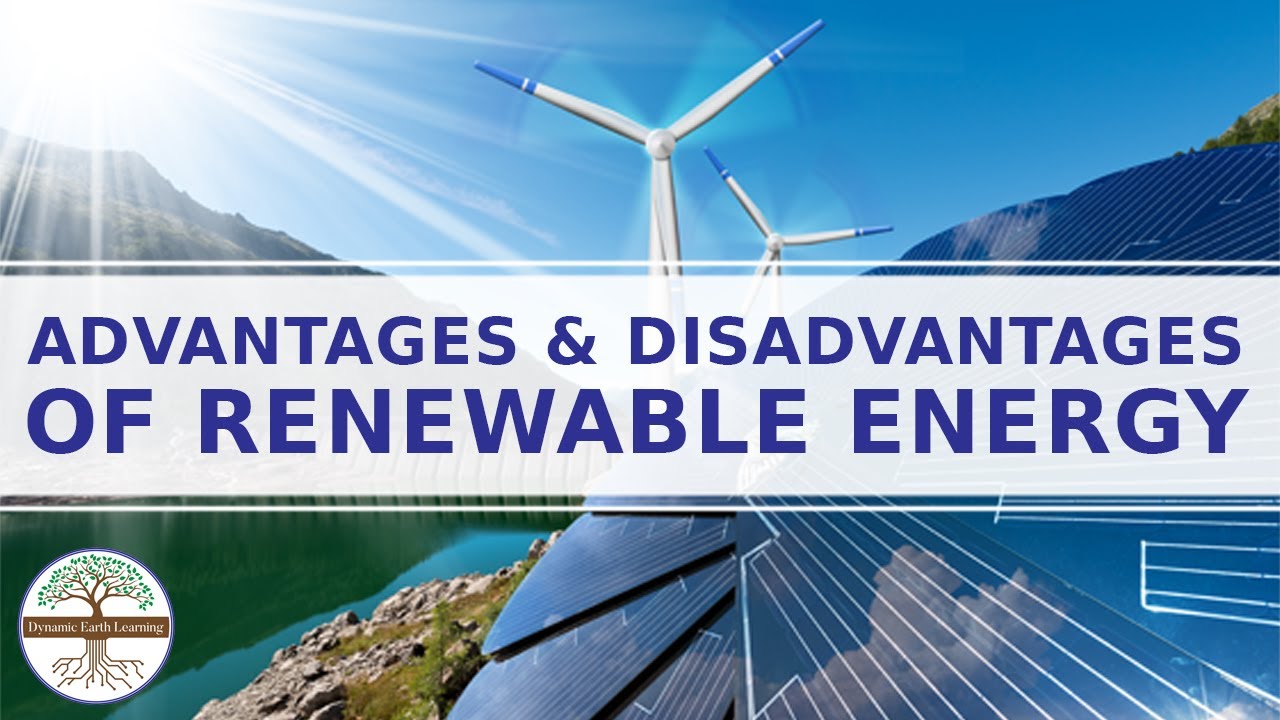
Understanding Renewable Energy
Renewable energy has gained significant attention in recent years as the world seeks to transition away from fossil fuels and mitigate the effects of climate change. However, while the benefits of renewable energy sources such as solar, wind, hydro, and biomass are widely recognized, there are also several challenges and drawbacks associated with their adoption. This article aims to explore these challenges in depth, providing a comprehensive understanding of the limitations and issues related to renewable energy.
Intermittency and Reliability
One of the most significant challenges facing renewable energy is the issue of intermittency. Many renewable energy sources, particularly solar and wind, are not consistently available, which can lead to reliability issues in energy supply.
Solar Energy Challenges
- Daylight Dependency: Solar panels can only generate electricity when the sun is shining, leading to reduced output during cloudy days or at night.
- Seasonal Variability: Energy production can vary significantly by season, with less solar energy available in winter months.
Wind Energy Challenges
- Wind Variability: Wind energy generation depends on wind speeds, which can be unpredictable and vary from day to day.
- Location Limitations: Not all areas have sufficient wind resources to make wind energy a viable option.
Storage Solutions
Due to the intermittency of renewable energy sources, energy storage solutions are critical for maintaining a stable energy supply. However, current storage technologies face several limitations.
Battery Limitations
- Cost: High-capacity batteries can be expensive, limiting their widespread adoption for energy storage.
- Degradation: Batteries have a limited lifespan and can degrade over time, reducing their efficiency and increasing replacement costs.
- Environmental Impact: The production and disposal of batteries can have significant environmental consequences, including pollution and resource depletion.
Infrastructure and Investment
The transition to renewable energy requires substantial infrastructure investment. Developing the necessary infrastructure to support renewable energy can be a daunting task.
Grid Integration
- Upgrading the Grid: Many existing electrical grids are not designed to handle the variable inputs from renewable sources, necessitating significant upgrades.
- Transmission Challenges: Transporting electricity from remote renewable energy sites to urban areas can require extensive and costly transmission lines.
Financial Barriers
- High Initial Costs: The upfront costs of installing renewable energy systems can be prohibitive for many individuals and businesses.
- Market Competition: Traditional fossil fuels often receive subsidies, making it difficult for renewable energy sources to compete on price.
Environmental Concerns
While renewable energy is generally considered more environmentally friendly than fossil fuels, it is not without its own environmental concerns.
Land Use and Habitat Disruption
- Solar Farms: Large solar installations require significant land areas, which can disrupt local ecosystems and wildlife habitats.
- Wind Turbines: Wind farms can impact bird and bat populations, leading to ecological imbalances.
Water Usage
- Hydropower: While hydropower is a renewable resource, it can alter water flow and disrupt aquatic ecosystems.
- Solar Energy Production: Some solar technologies require substantial water for cooling, which can be a concern in arid regions.
Social and Economic Implications
The transition to renewable energy also brings with it social and economic implications that must be considered.
Job Displacement
- Fossil Fuel Industry: The shift towards renewable energy can lead to job losses in traditional fossil fuel industries, impacting communities reliant on these jobs.
- Need for Reskilling: Workers in the fossil fuel sector may require retraining to transition to jobs in the renewable energy sector.
Equity and Access
- Energy Access: Not all communities have equal access to renewable energy technologies, leading to disparities in energy availability.
- Cost Barriers: High upfront costs for renewable energy systems can disproportionately affect low-income households.
Technological Limitations
While technology is advancing rapidly, there are still several technological limitations that hinder the growth of renewable energy.
Efficiency Issues
- Conversion Efficiency: Many renewable energy technologies have lower energy conversion efficiencies compared to traditional fossil fuels.
- Research and Development: Continued investment in R&D is needed to improve the efficiency and effectiveness of renewable technologies.
Material Constraints
- Resource Scarcity: The production of solar panels and wind turbines relies on rare materials, which can be subject to supply chain disruptions.
- Recycling Challenges: The recycling of renewable energy components, such as solar panels, is still in its infancy, leading to potential waste management issues.
Conclusion
While renewable energy presents a promising solution to many of the world’s energy challenges, it is essential to recognize and address the challenges and drawbacks associated with its implementation. From intermittency and storage issues to infrastructure needs and environmental concerns, a comprehensive approach is necessary to overcome these obstacles. By understanding the limitations of renewable energy, policymakers, industry leaders, and consumers can work together to create a sustainable energy future that benefits everyone.
As we move forward, it is crucial to continue investing in research and development, improve energy storage technologies, and promote equitable access to renewable energy. Only through collaboration and innovation can we harness the full potential of renewable energy and pave the way for a cleaner, more sustainable world.

